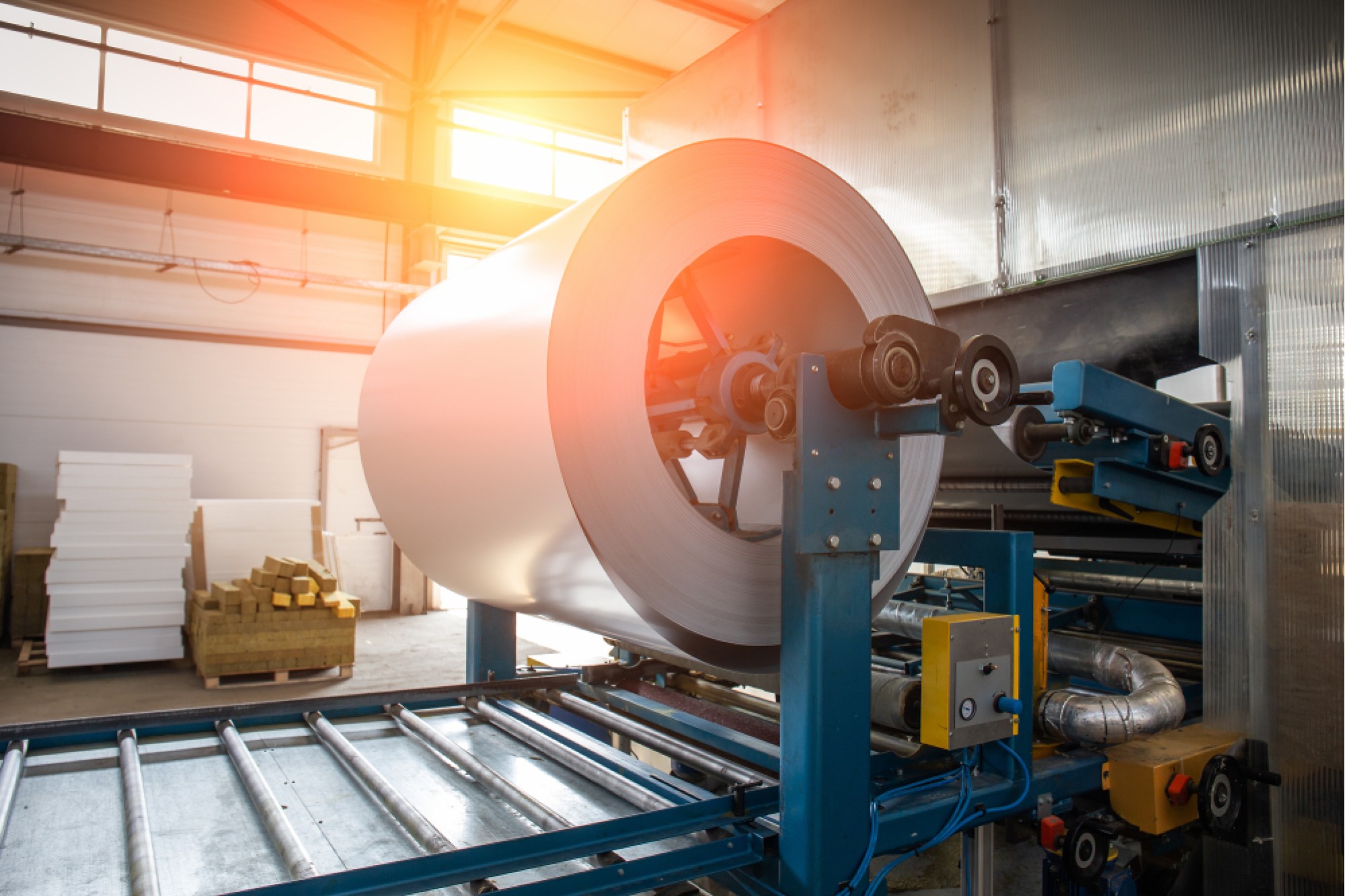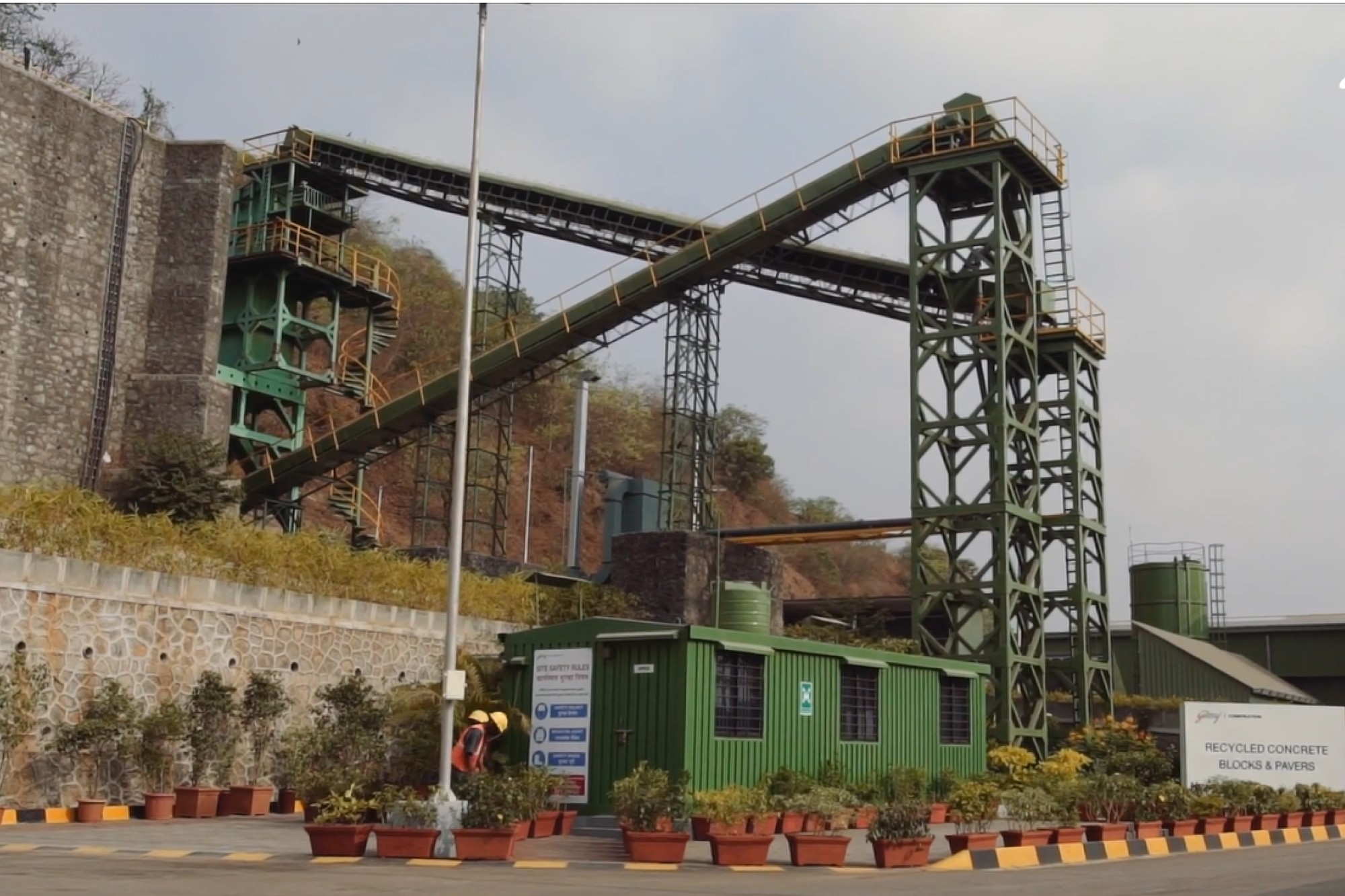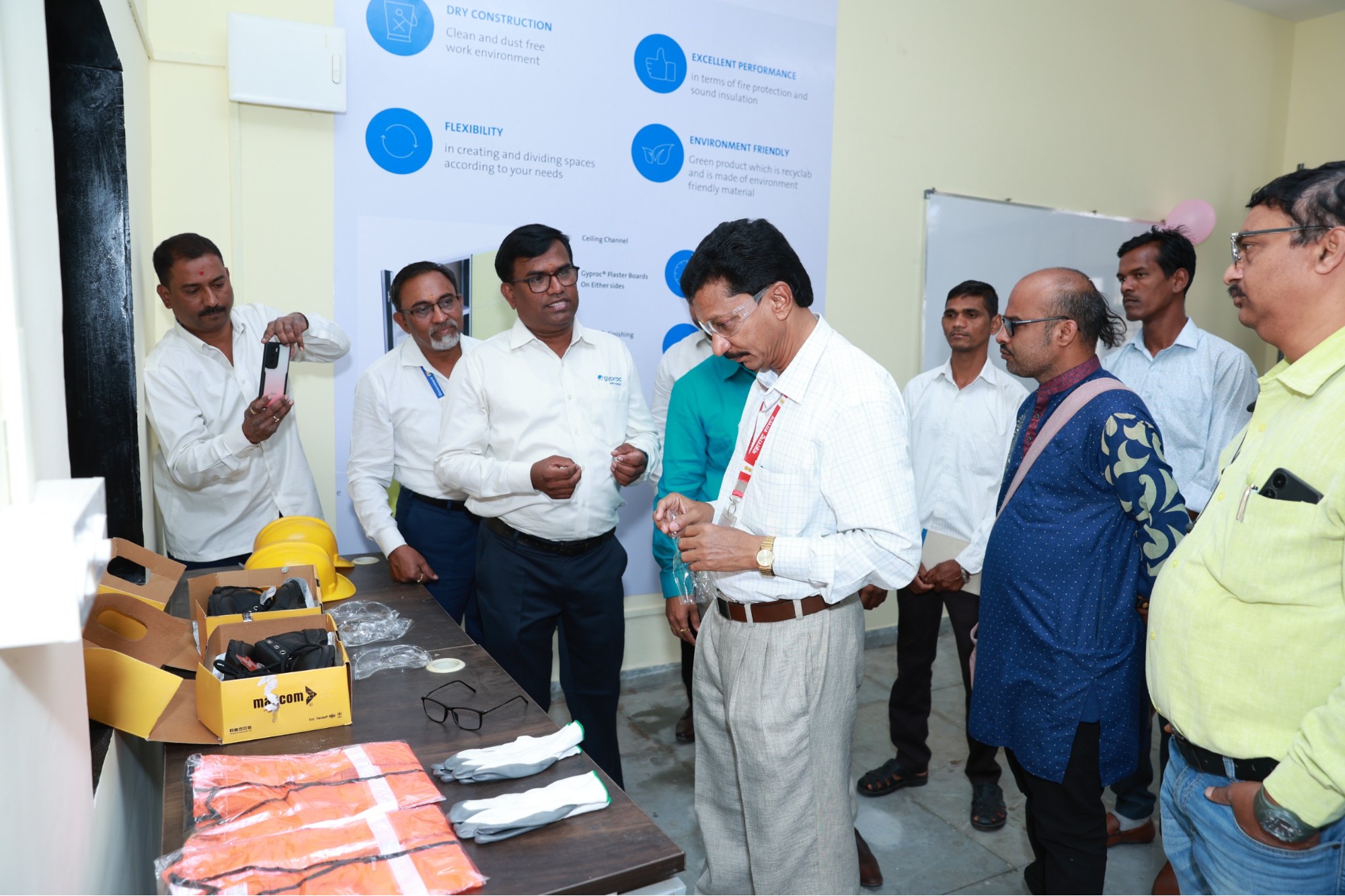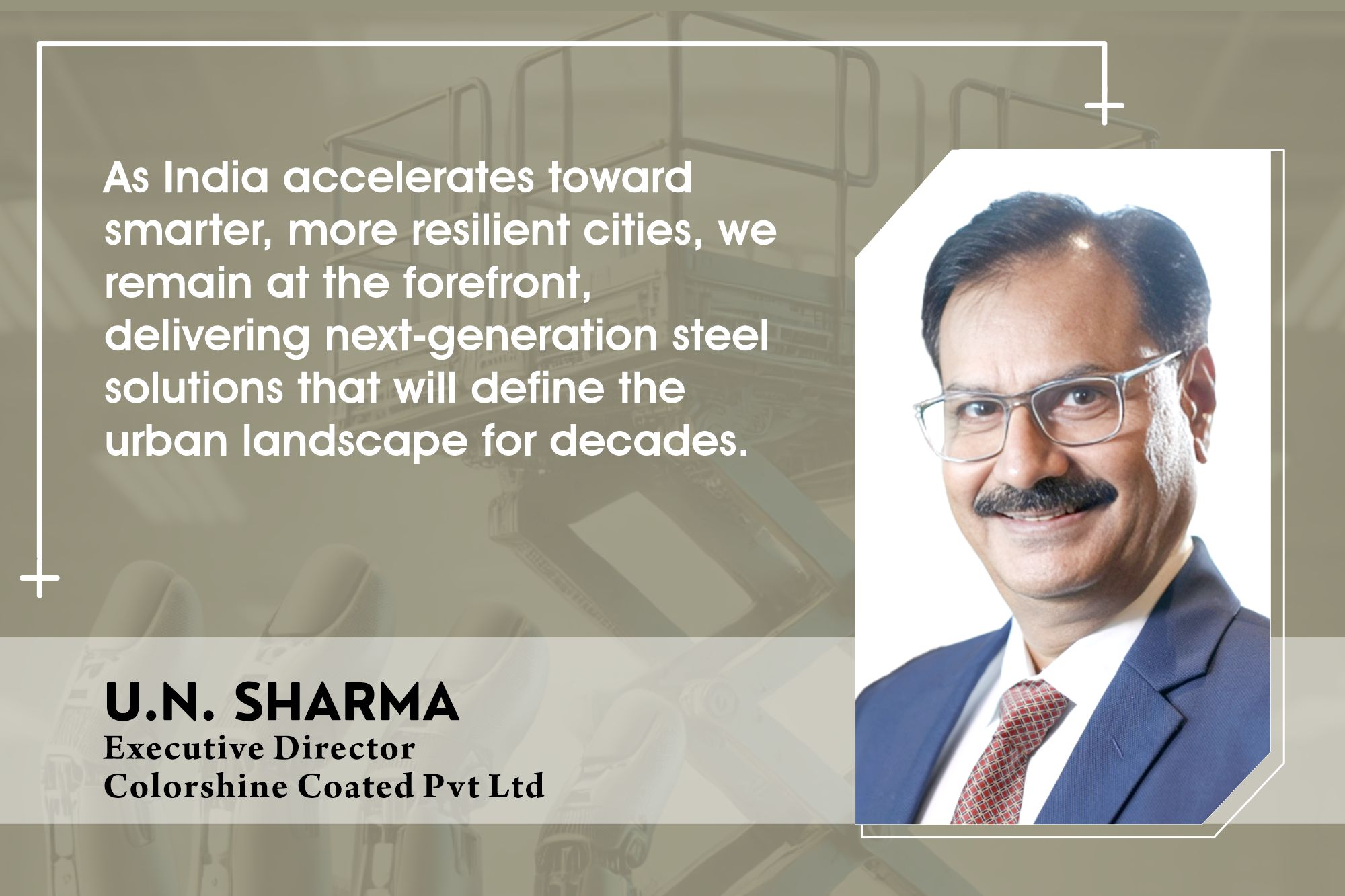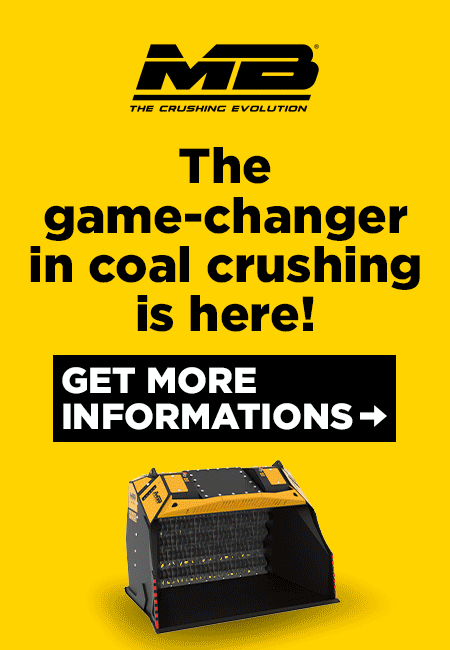10 Building Materials for coastal construction
By Edit Team | July 16, 2018 9:17 am SHARE
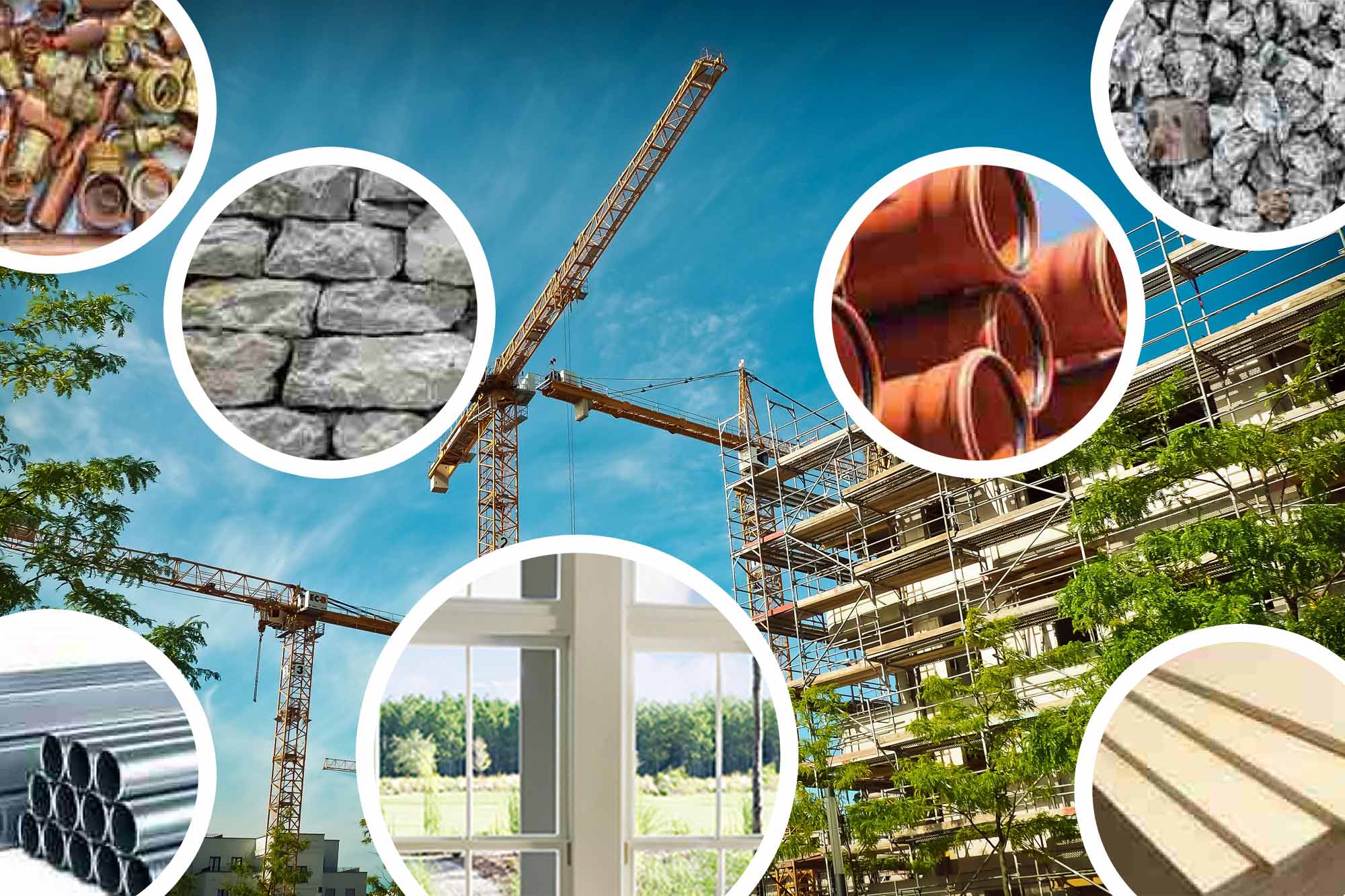
Durability, ease of installation are the prime considerations that require specialised building materials
Owning property on the coastlines can be a dream come true for people. Although tropical homes are famous for their eye-catching architecture and landscapes, they frequently witness construction challenges. According to industry data, constructions near the coastal areas of India are likely to surge in the coming years, that would entail use of specialised building materials.
What to consider when selecting building material
The key point to consider when selecting building material for constructing buildings near the coast is durability. This is because the building, bungalow, hotel, resort, etc. would be exposed to different elements as compared to those in non-coastal areas. The combination of sand, moisture and saline water create wear and tear on the strongest of building materials, not to mention hurricanes and tropical storms. Pankaj Udeshi, Assistant General Manager Procurement, Supreme Infrastructure India Ltd says, “Materials and construction methods in coastal environment should be resistant to flood and wind damage, wind-driven rain, corrosion, moisture and decay (due to sunlight, aging, insects, chemicals, temperature or other factors). Ease of installation or the ability to properly install should be major considerations for the selection of material.”
B2B Purchase spoke to industry players who are providing their latest offerings in the building materials space.
1.Corrosion Resistance Steel (CRS) TMT bars
According to Udeshi, reinforcement bars of wire rods are used in conjunction with cement concrete to build up a reinforced concrete structure which has a much higher strength. However, corrosion of reinforcement bars arises due to the presence of chloride ions in the concrete and cement which contains calcium hydroxide produces calcium carbonate in the presence of carbon dioxide and moisture in the environment. To protect steel from corrosion, CRS TMT introduced to prolong the longevity of RCC structure. These bars are produced with utmost care and with adequate addition of corrosion resistance elements such as copper, chromium and phosphorous. These TMT bars are most suitable for highly humid and moist areas, marine atmosphere, bridges, dams, roofing prone to seepage of water, back-water areas.
Selecting proper materials and methods for repairs
According to K Rajarama Rao, Chief General Manager – Materials, NCC Ltd, “Natural disasters like cyclones in coastal areas leave extensive damage and wipe out the development happened in decades in no time. Such natural disasters which have no solution from scientific community or modern technology even after centuries of research provide with only one option of restricting the magnitude of damage by using quality materials which are suitable and withstand to this tropical weather conditions. Damage from cyclones is instantaneous, but much more damage is waiting for buildings with regard to materials used, due to continuous exposure to saline atmosphere. The harsh environment requires sustainable building materials to be used and more care should be taken when using these materials in order to ensure durability, hazard resistance and reduce maintenance.”
He adds, “All coastal buildings require maintenance and repairs (more so than inland construction) therefore one should use proper materials and methods for repairs, additions and other work following initial construction. Globalisation bought new construction technologies and new products or materials to withstand the harsh conditions in coastal regions.”
2.Ground granulated blast-furnace slag
To prevent the penetration of chloride ions a dense, impermeable concrete needs to be produced. This can be achieved by using Ground Granulated Blast furnace slag (GGBS). When GGBS cement hydrates, dicalcium silicate and tricalcium silicate are formed. However, the reaction also produces other secondary hydrates, which effectively fill the cement paste pores. This is because there is an excess of reactive alumina and silica in the material. GGBS cement has a slower rate of hydration than Ordinary Portland Cement (OPC) helps in reducing the permeability of concrete as cracking due to temperature rise is minimised. Alternatively, Portland slag cement conforming to IS 455 having more than 50 per cent slag or a blend of Ordinary Portland Cement and slag cement may be used provided sufficient information is available on performance of such blended cements in these conditions.
Construction chemical
Understanding the problems faced in coastal climates
To select the best building material for coastal climates, one needs to understand the problems faced by a structure in such climatic conditions. Ajay Kudesia, Sr. Vice President – Sales & Marketing, Kryton Buildmat Co Pvt Ltd says, “Heat and moisture are the defining climatic conditions of a coastal regions, this in turn leads to corrosion, seepage and leakage. This causes the life of the structure to shorten drastically. Also, (especially in India) with extended periods of monsoon the construction time is shortened, and the availability of skilled labour is less.”
3.Kryton’s crystalline technology
Kudesia says, “Kryton’s entire ranges of crystalline products are best suited for the coastal climate. The special Krystol technology works from within the concrete. Our waterproofing products are either added directly to the concrete mix or applied to the surface of concrete.” Once added, Krystol chemically reacts with water and un-hydrated cement particles to form insoluble needle-shaped crystals. These crystals fill capillary pores and micro-cracks in the concrete to block pathways for water and waterborne contaminates. Krystol will continue to give the concrete structure a self-sealing ability. If water is re-introduced through a rise in hydrostatic pressure or through hairline cracks, Krystol will initiate further crystallisation to ensure permanent waterproof protection. Krystol works for the life of the concrete. Kryton’s entire range includes, admixtures, surface applied solutions, joint repair solution and dry-shake are extremely easy to apply and do not ask for any special care and help in adding durability to the structure.
Illustrating important concepts
Building and other structures in coastal areas has brought with it a range of different building challenges. Hasan Rizvi, Sr. Vice President, STP Ltd said, “Coastal corrosion and the undeniable damage that constant exposure to sea air, salt water and coastal conditions has made structures on the coast expensive and problematic. Technologies for the future are being developed. Several important concepts are illustrated which are of use to technology planners and forecasters in this filed. ”Structures are exposed to the aggressive environment like carbonation, alkali silica reaction, moisture, etc resulting in corrosion of reinforcement and deteriorating the quality of concrete. Today, the experts from STP Ltd have advanced on durability, repair and protection of structures and have developed state-of-the-materials and techniques.
4.ShaliSeal RSTC
In India the condition of most costal roads is pathetic, especially during the monsoon. The reason is simple water entering the road is the main cause of damage. The life of the roads can be increased by providing proper side drains and water resistant top layer. “Over the years STP Ltd has developed special ShaliSeal RSTC, which is a coal tar based sealer and almost unaffected by water. This product has been applied on various roads of NHAI, PWD and other institutions and has given incredible results. Time has come one needs to use a water resistant sealer on roads, the answer is ShaliSeal RSTC from STP Ltd, this is an incredible product set to revolutionise the Indian roads or coastal roads,” suggests Rizvi.
Enhancing the durability of coastal structures
The reinforced concrete structures installed in the coastal regions are subjected to aggressive exposure conditions such as direct contact with sea water, saline atmosphere, wave action, high velocity winds, high degree of abrasion, wetting and drying cycles etc. These conditions make the structures susceptible to accelerated deterioration, thus posing a durability challenge of the structures in general and the marine structures in particular. These structures call for special protective systems in order to avoid premature deterioration and loss of structural integrity.
M N Ramesh, Managing Director, Talrak Construction Chemicals Pvt Ltd says, “IS 456 emphasises of adopting various measures to enhance the durability of coastal structures. These include recommendations for the types of cement to be used to avoid sulphates attacks, the maximum permissible limits for total chlorides in concrete and cover thicknesses. Hence, the selection of material has a prominent role right from the construction stage through the maintenance phase. Since the structures are subject to high degree of corrosion, corrosion inhabiting admixtures are often used in the concrete mixes in coastal projects.”The reinforcing steel is under constant threat of corrosion due to high chloride ions in the coastal atmosphere a barrier coating, both on concrete and steel surfaces are necessary for reinforced concrete structures installed in the coastal regions.
5.Talrak offer the following product range for buildings in coastal climates
• Talrakote XE (S): Solvent based anti-carbonation, acrylate based, UV resistant protective cum decorative coating for concrete and masonry.
• Talrakote CT: Coal tar epoxy based protective coating for concrete and steel.
• Talrakmicrocrete CI: Special compound for site mixed, rheoplastic and corrosion inhabiting micro concrete with very high durability.
• Rendercem CI: Single component, polymer modified, fiber re-inforced, migrating corrosion inhibiting cementitious patch repair mortar.
• Talrak Flexeal Elastic: Component elastomeric, polymer-modified, cementitious waterproof coating.
Scramble against corrosion in coastal areas
Due to rapid urbanisation, coastal areas are facing a very high population surge. This has led to an increase in the construction activity in and around the coasts including transportation, infrastructure, marine related developments and food production. However most of these structures are in dire state due to high salination which causes rusting of steel in the structure. Rusting of iron occurs only if iron comes in contact with moist air. The iron atoms in steel will readily oxidise in the presence of oxygen. Vijesh Lal, Manager- Project and Specification, Cera Chem Pvt Ltd says, “In coastal areas, air contains high percentage of moisture because of sea or ocean. Warm outdoor temperatures and higher relative humidity, which are typical of temperate and sub-tropical coastal climates, allow more water vapour to be present and increases the rate of corrosion.The three most important factors when providing a protective coating for steel structures are choosing the correct coating system,proper surface preparation,correct application of material.”
6.Cera Cote Protecto series
Cera Chem Pvt Ltd has introduced a water based system which is the latest development in anti-corrosive coatings, keeping in mind global demand of green technology, the Cera Cote Protecto series. Vijesh informs, “Cera Cote Protecto has different variants based on DIN EN ISO 12944 – 5:2008. For e.g. if the coating has to be provided in an area which falls under coast andoff-shore area with high salt concentration then Cera Cote Protecto C5M is provided. It hasnano-organic zinc flakes for excellent cathodic protection and with a combination of different binders creates a high water barrier effect.” The molecules have a compact polymer matrix providing a hydrophobic nature and have liquid corrosion inhibitor thus providing a high protection to steel against rusting.
PEB
Choosing the right roofing material
Cyclones, heavy winds, storm surges, tsunamis and tornados are some of the common features in coastal areas. In addition to this, air salinity leading to corrosion is yet another deterrent. Roofing and wall cladding are principle building components that provide longevity to the entire structure apart from protection in extreme weathers.Mahendra Pingle – Dy. General Manager – Market Development, Tata BlueScope Steel Ltd says,“Choosing the right roofing material that would ensure longer life, higher wind load capacity with low maintenance and is corrosion resistant is critical for coastal regions. An ideal roofing material for such environs is pre-painted zincalume steel as compared to conventional galvanised steel materials. It serves to be far more durable and easy on maintenance.”
7.COLORBOND Ultra steel
COLORBOND Ultra steel is specifically developed for its use in severe marine and industrial environmental conditions. It is highly recommended for locations with salt spray in the air which is closer to coastline. COLORBOND Ultrasteel with a metallic coating of AZ200 (minimum 200gsm AZ coating mass total on both sides) and it’s specially formulated corrosion resistance primer and super durable polyester paint system with higher solar reflectance value,provides superior corrosion resistance, excellent colour performance with weather ability. It reflects more solar heat, thereby keeping both roofs and buildings cooler (Thermatech technology). Itis one of the most cost effective building materials for harsh environments in SAARC region offered by Tata Bluescope steel.
COLORBOND Ultra steel with its wide offerings has made itself a quintessentially universal building material for steel cladding industry, not only in India but internationally as well. Launched in 1966; it was developed specifically in response to the harsh climatic and weather conditions, including extreme temperature and moisture variations, and intense ultra violet radiation. COLORBOND Ultra steel being durable, lightweight, long lasting and aesthetically pleasing; is being used on all cladding forms including roofs and walls. It is practically adorned on all structures like commercial, industrial, institutional, manufacturing facilities, warehouses, parking sheds, garages etc.
Doors and windows
Natural choice for coastal weather
Unplasticised polyvinyl chloride (uPVC) is one of the most versatile substances use for construction. Mario Schmidt, MD, Lingel Windows and Doors Technologies Pvt Ltd says,” uPVC is highly flexible and has better performance than its counterparts. uPVC is highly resistant, recyclable and energy efficient, making it a natural choice for coastal weather.”
In coastal climate, the air contains high traces of moisture which makes it easy to cause corrosion or rust. uPVC windows and doors are tough to fight nature’s fury of atmospheric corrosion. Weathering erosion and discoloration are unlikely to ruin a uPVC doors and windows. uPVC can withstand high altitude winds, torrential rains and storms. It eliminates the probability of water, air and sound leakages with its special sealing gaskets.
Coastal regions are privy to contain traces of saline-based moisture in their weather. With the beaches present in these regions saline water is predominant and hence there is a huge demand for uPVC. uPVC materials are resistant to corrosion caused by salt-laden air making them ideal for coastal properties. They are weather proof and waterproof. The locking systems for uPVC windows and doors are durable and efficient which helps to maintain the quality and sustainability for a long period of time.
8.Tilt and slide systems for water tightness
Schmidt informs, “Presently we are at the final stage to get the sliding system tested for 250 Pa water tightness. We are also offering our Tilt and slide systems (a double sealed sliding concept) for complete rain water tightness. We are only using our hardware made out of SS 304 for all the sliding and casement system. Optionally we even can provide friction hinges made out of SS31. All our windows can have an aesthetically nice looking exhaust provision, that the rooms can exchange the air whenever the windows are closed.” This will help to avoid damages at the places due to high humidity and moisture. This will further help the promises from not getting fungus damages at the inner walls.
Major factors to consider while choosing a material
Manish Bansal, Director & CEO, Window Magic India observers, “It is important to realise that a well-designed, constructed and maintained building may be damaged by a natural event that is much stronger than what the building was designed for.”
When choosing a material, one should consider some of the major factors:
• Wind resistance: Rather, most damage occurs because various building elements have limited wind resistance due to inadequate design, application, material deterioration or roof system abuse. Wind with sufficient speed to cause damage to weak buildings can occur anywhere. So, windows should be wind resistance which can withstand wind pressure. Also, window magic uses the ‘windstorm bar system’ as additional support to give further rigidity to the frames.
• Corrosion: In coastal cities like Chennai, Vizag and Puri, the air contains high traces of moisture which makes it easy to cause corrosion or rust. But, when uPVC windows for coastal weather are installed in the buildings, it makes it difficult to cause corrosion and keeps the uPVC windows new for decades.
• uPVC: The combination of salt, humidity and wind will eat away all unprepared materials. uPVC is usually the best framing material to use in marine environments over more traditional materials such as wood, aluminium or timber due to its more durable nature and ease of care. Modern finishing can be applied to uPVC which prepare it for harsher marine environments.
• Hardware durability: Using good quality of hardware gives more confidence, aesthetics and peace of mind. Handle hinges, friction stays, door locks, cylinders, multi-point locks, rollers, threshold and door closers are major hardware used in uPVC doors and windows. Undoubtedly, with quality hardware, one can give the final touch to the house interior, as the windows will be more effective in executing their purpose. Hardware makes a difference, which is hard to see, but so easy to feel.
9.Openable window system
Choosing the right windows for the building can be a critical decision especially for coastal areas. Bansal informs, “All of our products are apt for the coastal area but we suggest sliding over openable window system. Openable windows bang in the wall from high wind pressure. Sliding windows offer smooth operation. Superior beauty, thermal efficiency and overall performance which can be found in Window Magic’s sliding windows.” They are designed for strength and larger glass exposure; they feature two easy-to-clean tilt-in sashes to make any cleaning chore a breeze.
In coastal area, the window should be salt resistant as coastal regions are privy to contain traces of saline-based moisture in their weather. With the beaches present in these regions saline water is predominant and hence there is a huge demand for uPVC windows in such coastal weather regions. uPVC windows remain new and glossy as ever and saline proof. So, while choosing, windows must aware about all the helpful factors as living near coastal areas is a lifestyle choice that can be very fulfilling.
Glass
Enhancing new building solutions
Vikram Khanna, COO – Consumer Glass, COO – Architectural Institutional Business, CMO, CIO, Asahi India Glass Ltd (AIS) says, “Developers and architects have greater choice owing to their green solutions and innovations in glass processing technology, with the ability to explore new building solutions that enhance the aesthetics, energy efficiency and economics of commercial and residential spaces”.
Based on climatic study and optimum orientation, the company works on a 4G approach and provides shading and daylight analysis, whole building simulation, wind load analysis and acoustics analysis. It then generates a comparative analysis (with cost-benefit mapping) to make recommendations that are best suited for the customer.
10.Range of AIS Ecosense
AIS Ecosense range strikes the perfect balance between outdoors and indoors, function and finesse. “Ecosense meets the needs of the Indian consumers who traditionally require more cooling than heating and want to prevent solar radiation from coming in. Optimally medium to low U-value, rather than very low U-value, and optimum light is what the Indian consumers want and what Ecosense intelligently gives them,” says Khanna.
AIS Ecosense comes in five ranges – Enhance (Solar Control), Exceed (Solar Control Low-E), Essence (Low-E), Excel (Solar Control Double Low E), Edge (Solar Control and Thermal Insulation) high performance glasses, each of them complete in a variety of colours customised to consumer taste.
Materials and construction methods in coastal environment should be resistant to flood and wind damage, wind driven rain, corrosion, moisture and decay.
Pankaj Udeshi, Asst. General Manager Procurement, Supreme Infrastructure India Ltd.
Globalisation bought new construction technologies and new products or materials to withstand the harsh conditions in coastal regions.
K Rajarama Rao, Chief General Manager – Materials, NCC Ltd
Kryton’s entire ranges of crystalline products are best suited for the coastal climate.
Ajay Kudesia, Sr. Vice President – Sales & Marketing, Kryton Buildmat Co Pvt Ltd
ShaliSeal RSTC from STP Ltd is set to revolutionise the Indian roads or coastal roads.
Hasan Rizvi, Sr. Vice President, STP Ltd
Selection of material has a prominent role right from the construction stage through the maintenance phase.
M N Ramesh, Managing Director, Talrak Construction Chemicals Pvt Ltd
Warm outdoor temperatures and higher relative humidity allow more water vapour to be present and increases the rate of corrosion.
Vijesh Lal, Manager- Project and Specification, Cera Chem Pvt Ltd
Choosing the right roofing material that would ensure longer life, higher wind load capacity with low maintenance and is corrosion resistant is critical for coastal regions.
Mahendra Pingle – Dy. General Manager – Market Development, Tata BlueScope Steel Ltd
uPVC is highly resistant, recyclable and energy efficient, making it a natural choice for coastal weather.
Mario Schmidt, MD, Lingel Windows and Doors Technologies Pvt Ltd
All of our products are apt for the coastal area but we suggest sliding over openable window system.
Manish Bansal, Director & CEO, Window Magic India
Developed to suit the unique climatic conditions of the Indian subcontinent, Ecosense meets the needs of the Indian consumers who traditionally require more cooling than heating.
Vikram Khanna, COO – Architectural Institutional Business, Asahi India Glass Ltd
Cookie Consent
We use cookies to personalize your experience. By continuing to visit this website you agree to our Terms & Conditions, Privacy Policy and Cookie Policy.


